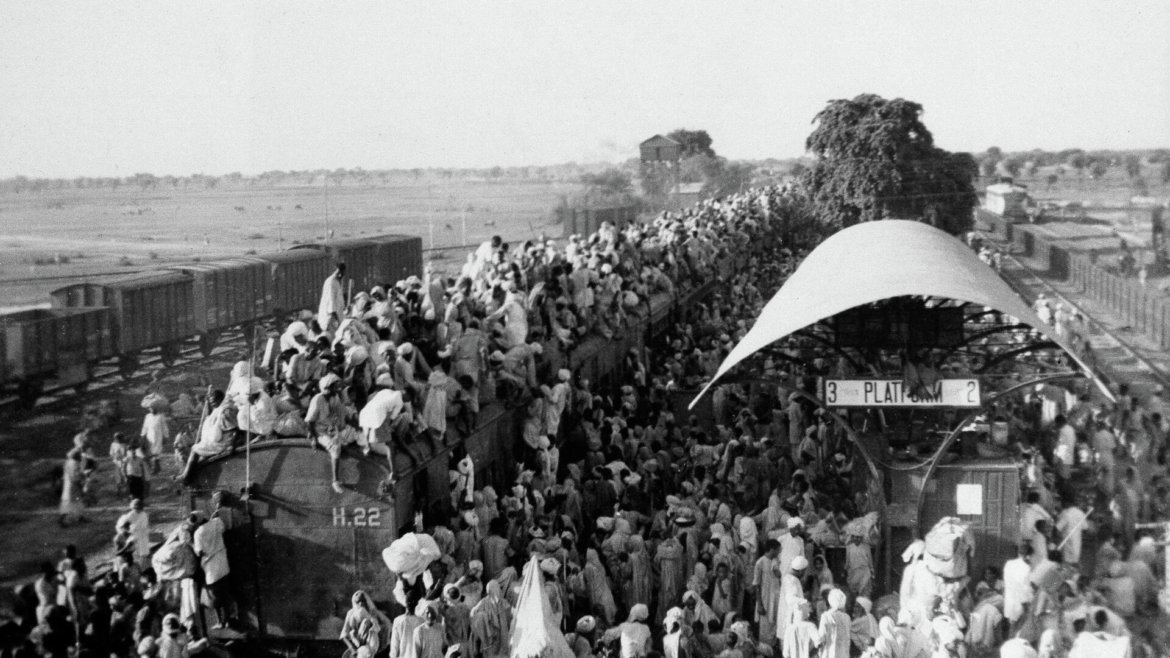AI Generated Summary
- In the wake of the tumultuous events leading up to the partition of India in 1947, the emergence of the Muslim National Guards presented a formidable challenge to the peace and stability of the Punjab province.
- The archives of the SGPC provide invaluable insights into the events leading up to the partition, underscoring the role of the Muslim National Guards in precipitating a crisis of unprecedented magnitude.
- The archives of the Shiromani Gurdwara Parbandhak Committee (SGPC) shed light on the alarming rise of this paramilitary force and the implications it held for the region.
In the wake of the tumultuous events leading up to the partition of India in 1947, the emergence of the Muslim National Guards presented a formidable challenge to the peace and stability of the Punjab province. The archives of the Shiromani Gurdwara Parbandhak Committee (SGPC) shed light on the alarming rise of this paramilitary force and the implications it held for the region.
Reports from April 1947, penned by Mr. Akhtar Hussain, Chief Secretary to the Punjab Government, painted a concerning picture of the escalating activities of the Muslim League National Guards. With an increase of over 5,600 guards reported, the western and northwestern regions of Punjab witnessed accelerated recruitment and training activities. Meanwhile, in the eastern Punjab, covert training sessions were conducted in places like Simla, Ambala Cantt., and Panipat, focusing on combat skills such as Lathi Fighting. The central Punjab and Jullundur District saw similar activities among the Khaksars, with open fundraising campaigns and warnings issued to Muslims regarding looted property and giving evidence related to recent disturbances.
However, the most disturbing aspect highlighted in the Chief Secretary’s report was the covert nature of the guards’ activities, including secret messaging and arming of the community. Financial support promised from the central authority further fueled their expansion, particularly in districts like Rawalpindi and Campbellpore. The enlistment drive, buoyed by efforts to recruit ex-soldiers, saw a significant surge in membership, estimated at around 39,000 guards across the province.
The Muslim League’s agenda was clear: it sought to mobilize Muslims against Hindus and Sikhs, propagating the two-nation theory and fostering a culture of intolerance and hate. This ideological groundwork, coupled with military preparations, set the stage for the tragic events that unfolded in 1947.
The Direct Action Day called by the Muslim League on July 27, 1946, marked a turning point, heralding a wave of violence and bloodshed. While the League pursued its agenda of division and confrontation, Hindus and Sikhs found themselves ill-prepared and vulnerable to the onslaught.
Retaliation from these communities, though delayed, was inevitable as they struggled to defend their existence in the face of relentless attacks. Yet, such responses often played into the hands of the Muslim League, further fueling the narrative of a civil war and justifying their actions.
The archives of the SGPC provide invaluable insights into the events leading up to the partition, underscoring the role of the Muslim National Guards in precipitating a crisis of unprecedented magnitude.




